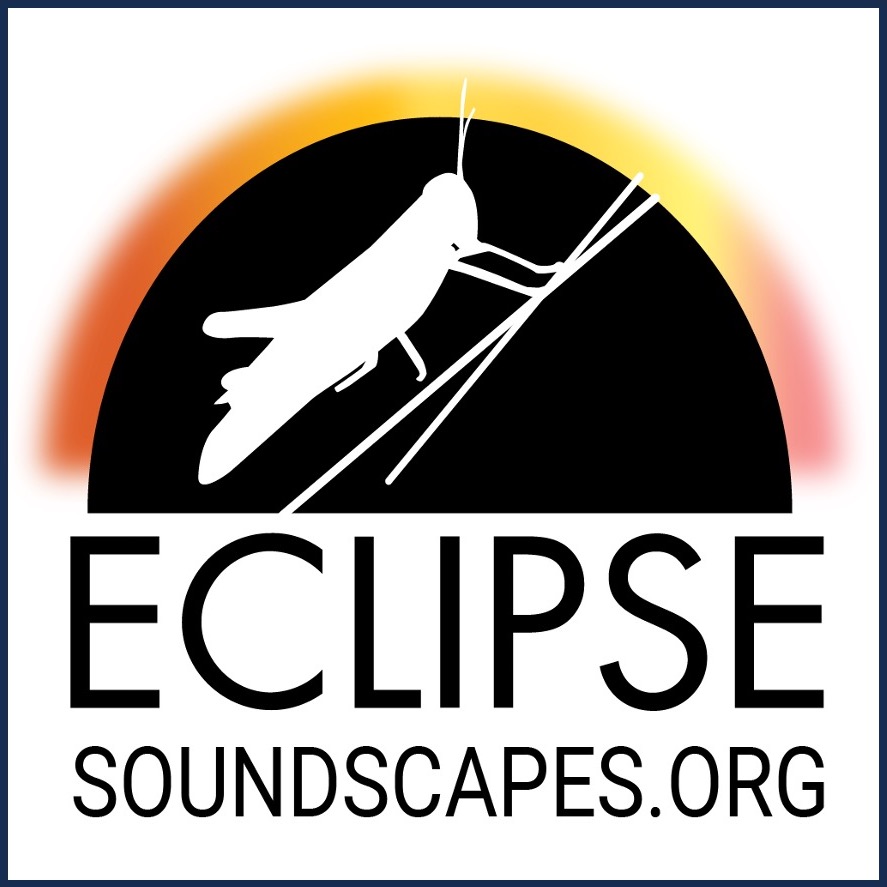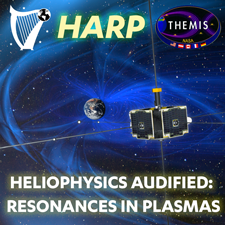Citizen Science
Through the projects below, sometimes called "citizen science" or "participatory science" projects, volunteers and amateurs have helped make thousands of important scientific discoveries. These 29 projects are open to everyone around the world (no citizenship required).

Active Asteroids
Inspect images to find comet-like objects hiding in the asteroid belt. For anyone with a smartphone or laptop. Read Project Summary

Are we alone in the universe?
Examine radio signals to help search for intelligent life beyond Earth. For anyone with a smartphone or laptop. Read Project Summary

Backyard Worlds: Planet 9
Search the realm beyond Neptune for new planets, nearby stars and more. For anyone with a smartphone or laptop. Read Project Summary

Burst Chaser
Decode signals from Gamma Ray Bursts, the universe’s largest explosions. For anyone with a smartphone or laptop.

Cloudspotting on Mars
Trace exotic clouds in the Martian atmosphere. For anyone with a smartphone or laptop. Read Project Summary

Backyard Worlds: Cool Neighbors
Discover Jupiter-like objects, balls of gas called brown dwarfs in our cosmic backyard. For anyone with a smartphone or laptop.

Daily Minor Planet
Discover asteroids and other small objects in the solar system. For anyone with a smartphone or laptop. Read Project Summary

Dark Energy Explorers
Uncover dark energy, a mysterious force driving galaxies apart. For anyone with a smartphone or laptop. Read Project Summary

Disk Detective
Search for dusty disks around stars where distant worlds form and dwell. For anyone with a smartphone or laptop. Read Project Summary

Exoplanet Watch
Track new planets beyond our solar system using backyard telescope data. For anyone with a smartphone or laptop. Read Project Summary

GLOBE Observer: Clouds, Land Cover, Mosquito Habitats
Choose from several different projects to help scientists learn about planet Earth. For anyone with a smartphone. Kid friendly! Read Project Summary

International Astronomical Search Collaboration
Teams from schools and communities: Search for asteroids and help keep Earth safe. Kid friendly! Read Project Summary

JunoCam
Share your images of Jupiter and participate in the JunoCam mission. For anyone with a laptop.

Landslide Reporter
See a landslide or read about one? Submit your observations. For anyone with a laptop. Read Project Summary

MoonDiff
Compare 1960s images to modern ones to spot changes in the Moon. For anyone with a laptop.

Planet Hunters TESS
Search for planets outside our solar system using data from NASA’s TESS mission. For anyone with a smartphone or laptop. Read Project Summary

Redshift Wrangler
Clock the expansion of the universe using light from distant galaxies. For anyone with a smartphone or laptop. Read Project Summary

Sungrazer Project
Discover new comets near the Sun. For anyone with a laptop. Read Project Summary

Aurorasaurus
Submit your observations of the Northern and Southern lights. Read Project Summary

Chesapeake Water Watch
Live near the Chesapeake Bay? Take water-quality data with your smartphone. Read Project Summary

Fjord Phyto
Visiting Antarctica? Investigate changes in phytoplankton along the western Antarctic Peninsula. Read Project Summary

Fresh Eyes on Ice
Live in Alaska? Report ice conditions to keep people safe and climate scientists informed. Read Project Summary

Growing Beyond Earth
Middle and high school teachers in the U.S.: your students can test plants for use in space missions. Kid friendly!

HamSCI
Amateur radio operators: help scientists study Earth’s ionosphere. Read Project Summary

Lake Observations by Citizen Scientists and Satellites
Near a lake? Report the water level with your smartphone. Certain lakes only. Read Project Summary

Mountain Rain or Snow
Near the mountains? Help climate scientists by using your cell phone to report rain and snow. Read Project Summary

Radio JOVE
Build your own radio telescope and study Jupiter, the Sun, the Earth’s Ionosphere, and the Milky Way galaxy. Read Project Summary

Spritacular
Have a camera? Submit your own photographs of the colorful flashes of light seen above thunderclouds. Read Project Summary

UNITE
Use your telescope to observe planets beyond our solar system. Unistellar telescope required. Read Project Summary
Other Citizen Science Projects NASA Has Supported

Citizen CATE 2024
This project is not currently seeking volunteers. Read Project Summary

Dynamic Eclipse Broadcast Initiative
This project is not currently seeking volunteers. Read Project Summary

Eclipse Megamovie
This project is not currently seeking volunteers. Read Project Summary

Mapping Application for Penguin Populations and Projected Dynamics
Find and track penguin colonies. For anyone with a laptop.

Eclipse Soundscapes
This project is not currently seeking volunteers. Read Project Summary



Heliophysics Audified: Resonances in Plasmas
This project is not currently seeking volunteers. Read Project Summary

Jovian Vortex Hunter
This project is not currently seeking volunteers. Read Project Summary

NeMO-Net
Play an iPad game and classify coral reefs by painting images of coral. For anyone with an iPad. Kid friendly!


Solar Jet Hunter
This project is not currently seeking volunteers. Read Project Summary

Soundscapes to Landscapes
Live in Sonoma County, CA? Investigate biodiversity by recording the sounds of bird calls.


SunSketcher
This project is not currently seeking volunteers. Read Project Summary














